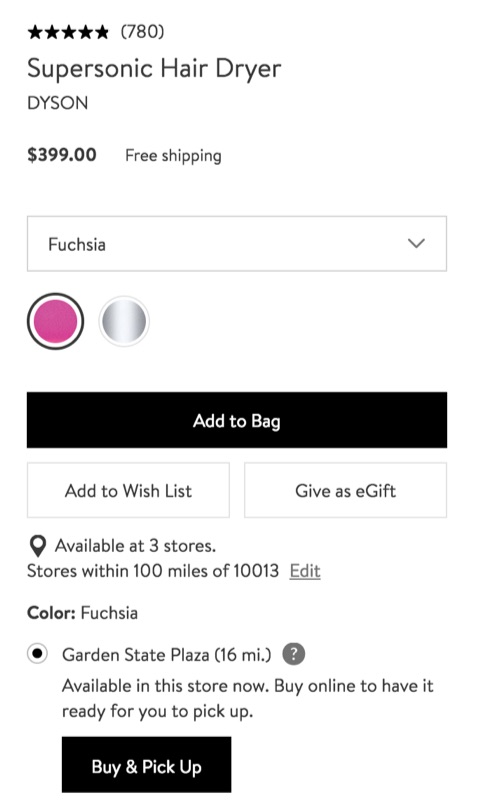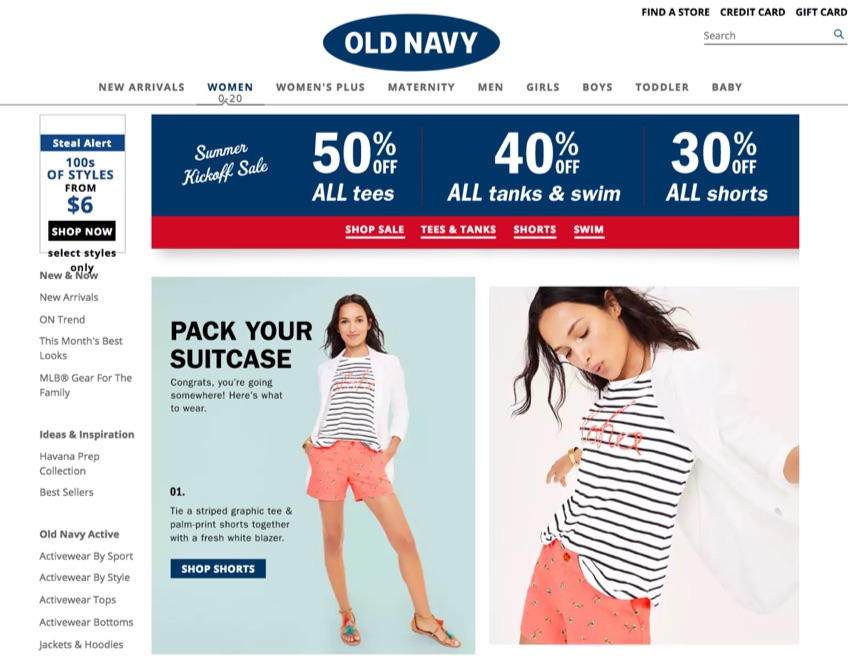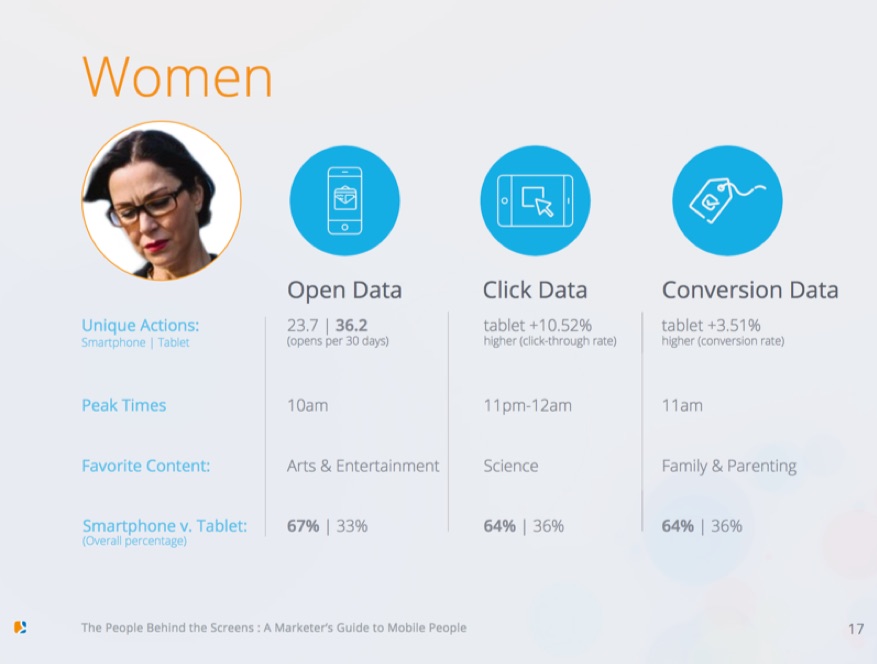Your customers are everywhere.
They are learning about your products from display ads, researching your brand on social media, and signing up for your email campaigns to get the latest product updates. That’s why it’s important to map out how your business engages with customers across several channels.
Cross-channel engagement involves integrating multiple marketing channels to seamlessly interact with your target audience. You want every interaction to embody brand consistency and offer customer satisfaction.
With the right strategy, your team can drive product sales and achieve more customer retention. Try this five-step approach to increase your cross-channel engagement.
1. Communicate Your Brand Message
For small and large eCommerce stores alike, it’s easy to lose sight of your brand message. You have multiple teams engaging with consumers on various channels.
You can determine your brand message by focusing on what the customer cares about. Their pain points coupled with your product solution will result into a compelling message.
It’s also vital to consider how your message holds up in the marketplace. Conveying a message similar to your competitor can confuse consumers.
After you nail down what you’re going to say, the next step is to decide how you will convey that message consistently across all your channels. You want to interact in a manner that builds the relationship.
“Meaningful interaction is both the key and the conundrum for marketers. How do you create a relationship where you are talking with your customers versus talking at your customers?” says George Schlossnagle, president and chief executive officer of Message Systems.
Clothing retailer Old Navy is a good example of how to execute on your cross-channel brand message. When followers see the tweet below, they experience a fun-loving brand dedicated to helping customers save money on the latest apparel.
Bring the heat with 50% off all tees, 40% off all tanks, 40% off all swim & 30% off all shorts.
Shop womens: https://t.co/ECE9svMVkj pic.twitter.com/a4aLBCOygO
— Old Navy Official (@OldNavy) May 19, 2017
Old Navy stays consistent with their message when interested shoppers land on their website. The cheerful images are present along with the discounts.
Work with your team to determine what to say to your audience. Then, spread a consistent message in all your channels.
2. Analyze Your Customer Data
Too many marketers rely on guesswork when it comes to their customers’ behaviors. Instead, it’s better to build systems to track what your customers actually do.
What channels do your customers prefer to use?
You’ll want to monitor the source of your incoming website traffic. With an analytics dashboard, you may discover that most of your traffic comes from paid ads. Or you may learn that visitors from Twitter stay on your page longer.
Let’s assume that your high-quality leads are on your email list. Using that knowledge, you can test your subject lines to increase open rates and try different content formats to boost click-through rates.
Referral traffic might account for a large portion of your conversions. This insight could lead to more joint ventures with that particular source. If it’s an industry influencer, you might want to host a webinar together or invite the person to guest post on your blog.
Some businesses take a granular look into how their consumers access their channels. Knowing what device and the peak times of a specific persona helps them schedule sales content.
Customer data is a solution to understanding your audience’s habits. Use it to improve your cross-channel engagement strategy.
3. Integrate Your Channels
Recently, while browsing the Internet for random things, a display ad by a major jewelry store appeared on the right side of my laptop screen.
The ad promoted the store’s newest collection and offered new customers a 15% discount. With no hesitation, I clicked on the ad and landed on the brand’s website.
Sounds good, right? Wrong!
The website didn’t mention any new jewelry line or any discounts. I search the site for 10 minutes with no luck.
You don’t want to create this same experience for your consumers. Your goal is to develop a convenient and flexible process for your audience to learn about your brand and, ultimately, purchase your products.
EGO, a manufacturer of outdoor lawn equipment, sends their email subscribers announcements about upcoming deals. To redeem the $50 off coupon below, consumers have the option to purchase in-store or online at Home Depot.
Retargeting campaigns are an effective strategy to integrate your channels, too. If a potential customer is browsing for a product on your website, but doesn’t purchase, your business can retarget the consumer with a product ad on another channel, like Facebook.
Channel integration helps moves consumers down your sales funnel. A streamlined process makes it easier for you to earn more revenue.
4. Personalize Your Cross-Channel Campaigns
In today’s eCommerce market, consumers receive numerous brand messages to buy products on several channels.
Your audience wakes up in the morning and reads brand messages in their inboxes. They check their Facebook accounts and scroll pass sponsored posts. On the commute to work, they hear commercials on their favorite podcasts.
Personalization is one of the few ways to separate your business from the competition. You want to offer a different experience that benefits the consumer.
“Cross-channel marketing is about building meaningful experiences and using fine-grain personalization to deliver the right message, at the right time, across the right channel, and to the right individual. It’s also important to stress the concept of delivering messages at the right time, which may not necessarily equate to real time,” states Stephanie Maziol, senior product marketing manager at Adobe.
Nordstrom gives online shoppers the nearest store location when they search for a product. Then, customers can decide to get products delivered to their homes or sent to the local store for pickup.

Another personalization example is to use past purchasing history to give product recommendations to your consumers. Then, send your suggestions to their inboxes. In the email, make sure to include a link directly to the product’s page.
Stand out from competitors by customizing your buyer interactions. You’ll know how to serve your customers better.
5. Measure Your Performance
eMarketer reports that more than one-third of CMOs said they were not currently using a robust measurement technique to evaluate the success of their cross-channel marketing efforts.
Begin with your purpose for running a cross-channel campaign. Every eCommerce store has its own specific goals for connecting with consumers. Some companies desire to increase channel engagement amongst their recurring customers. Others seek to lift sales conversions with first-time visitors.
Be careful about drawing conclusions from one measurement. A better option is to focus on a set of metrics that follows your customers throughout the sales journey. You’ll gain a bird’s-eye view of when visitors become leads and leads convert to customers.
“Measurements must come from several different perspectives in order to get the proper view of performance. One set of measurements alone may skew your view of how a platform is performing, causing you to boost it while ignoring another platform that is actually doing better,” writes Forbes contributor Steve Olenski.
Experts recommend tracking your match rate, the number of consumers you can reliably identify on every channel, and your view-through rate, the number of consumers who’ve seen or engaged with your content and participate in another signification interaction.
The best option is to collaborate with your team to find what works for your business. Set goals and decide on what metrics determine your success.
Every Channel Matters
Customers engage with your business on multiple channels. So, a seamless experience can equate to a happier consumer who is more willing to purchase your products.
Experiment with the five-step approach above to communicate the right message, collect pertinent customer data, and integrate your channels. You also want to personalize each campaign and measure your performance.
Strive to boost customer engagement on all your channels.
About the Author: Shayla Price lives at the intersection of digital marketing, technology and social responsibility. Connect with her on Twitter @shaylaprice.
from The Kissmetrics Marketing Blog https://blog.kissmetrics.com/cross-channel-customer-engagement/



No comments:
Post a Comment